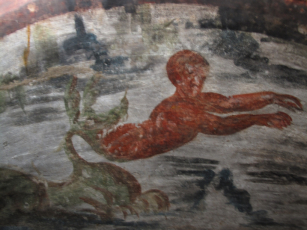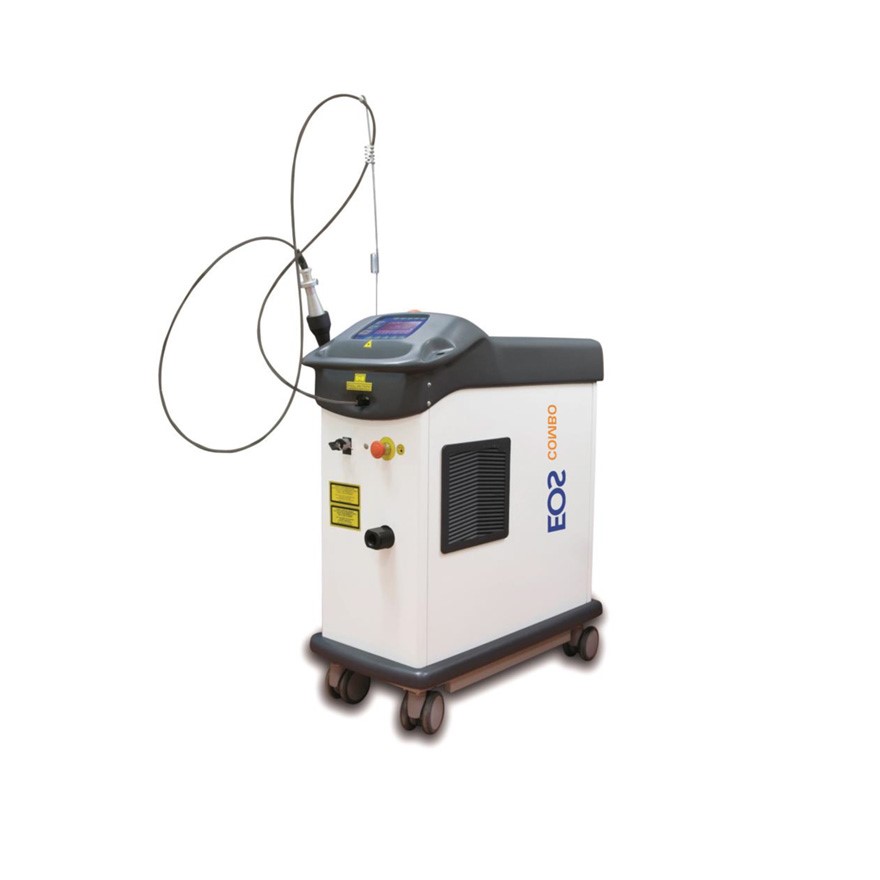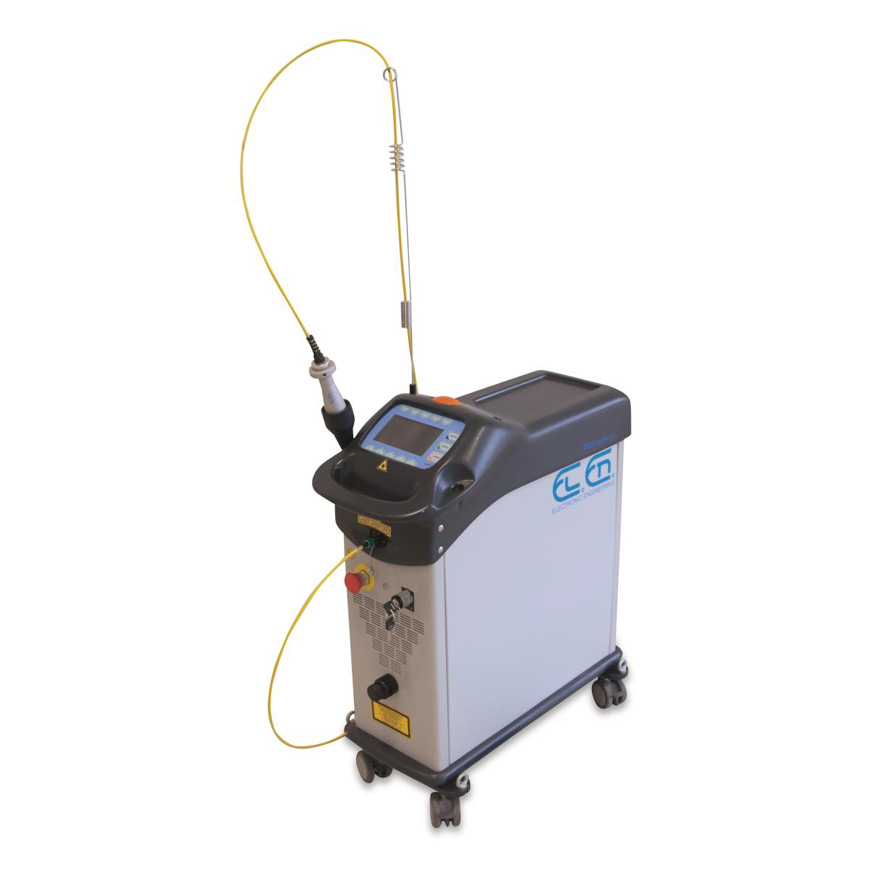
“BAKERS” CUBICLE IN THE ROMAN CATACOMBS OF SANTA DOMITILLA - ROME
THE WORK
The Catacombs of Domitilla are among the oldest catacombs in Rome. Created in the 2nd century AD, they were abandoned in the VIII century and then forgotten until the 16th century. The underground cemetery first developed as two separate funerary nuclei, which later merged into a single large catacomb. With about 80 painted tombs they are also one of the largest and most beautiful collections of frescoed sepulchres. The “baker’s” cubicle is on the first floor.
THE PROBLEMS OF RESTORATION
The walls are mainly painted in fresco, often with dry overpainting. Within the hypogean structures of the catacombs environmental parameters are formed that establish a fairly stable microclimate, characterized by high relative humidity (between 96% and 100%) with temperatures around 14-17 ° C during all the year. One of the most widespread degradation phenomena involved the precipitation and crystallization of calcium carbonate incrustations that almost completely covered the wall paintings. An example of such degradation is the characteristic dark film located on the vaults and in the upper parts of the hypogeum environments that can have a variable consistency from a thin covering veil to a very compact layer.
THE LASER
The removal of the incrustations occurred in the past years was mainly carried out mechanically trying to reduce as much as possible the thickness of the concretion while safeguarding the original pictorial layer. However, the results obtained with this method were not entirely satisfactory as they do not restore the complete legibility of the surface. The restorers then moved on to the use of the laser, in particular two different systems: a Long Q-switch and a Short Free Running. With the LQS system the cleaning was carried out at a frequency of 5Hz and a fluence of 0.7 J / cm2: with these parameters the black film was completely removed from all the colors present in the area. In the presence of very thick stratifications with earthy concretions the SFR system was employed. To obtain an optimal degree of cleaning, it was necessary to work in successive steps by irradiating the same point with different parameters.
Client: pontificia commissione di archeologia sacra – roma
Restorer: Maria Gigliola Patrizi
– G. Patrizi et alii, Rimozione laser di pellicole scure su dipinti murali in ambiente ipogeo: il caso di studio del cubicolo “dei fornai” nelle catacombe di Domitilla a Roma, in Atti APLAR 3, Bari 18-19 luglio2010, Padova 2010, pp. 73-83.
– Senserrich Espuñes et alii, The mural execution technique of the “dei Fornai” cubicle revealed by laser cleaning, in C. SAIZ-JIMENEZ (ed.) The conservation of the subterraneam cultural heritage, London 2014, pp. 73-82.
– S. Siano et alii, Study and laser uncoveringof ipogean Early Christian wall painting of Roma’s Catacombs of Santa Tecla and Domitilla, in A. Sgamellotti, B. G. Brunetti, C. Miliani (ed.), Science and Art. The painted surface, Royal Society of Chemistry, 2013, pp. 28-45.
– G. Patrizi et alii, Il cubicolo “dei fornai” nelle catacombe di Domitilla a Roma. Considerazioni a conclusione della pulitura laser, in Atti APLAR 4 2013, pp. 143-154.

